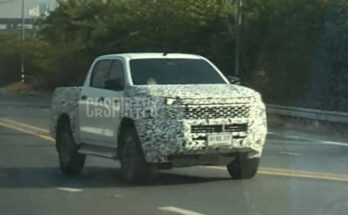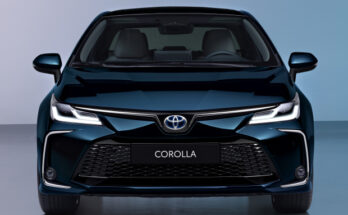Toyota has been criticized yet again for falling behind in the EV race. Earlier this week, Toyota Australia’s local vice president of sales and marketing Sean Hanley asserted that EVs are simply not prepared for Australians’ needs. According to Hanley:
“Electric vehicles are not ready to replace all cars and a push to do so could leave thousands of motorists behind.”
This comes despite the fact that Electric vehicles are becoming more popular in Australia and the Australian government finally has its own National Electric Vehicle Strategy, which was announced last month, signaling to the market, business, and the car-driving public that Australia is ready to join the rest of the developed world in getting serious about cleaning up its highly polluting vehicle fleet.
Related: How Chinese Cars are Starting to Dominate the Australian Market
Analysts believe that Toyota’s attempts to encourage the use of electric vehicles would jeopardize its position in the market, which is solid in terms of hybrids. Sales of electric vehicles in Australia are steadily increasing with the list of EVs on sale including established brands such as BMW, Hyundai, Kia, Mercedes, Mini, Volvo, Porsche, Nissan, Audi, LDV, Mazda, and Jaguar as well as those from China including MG and GWM.
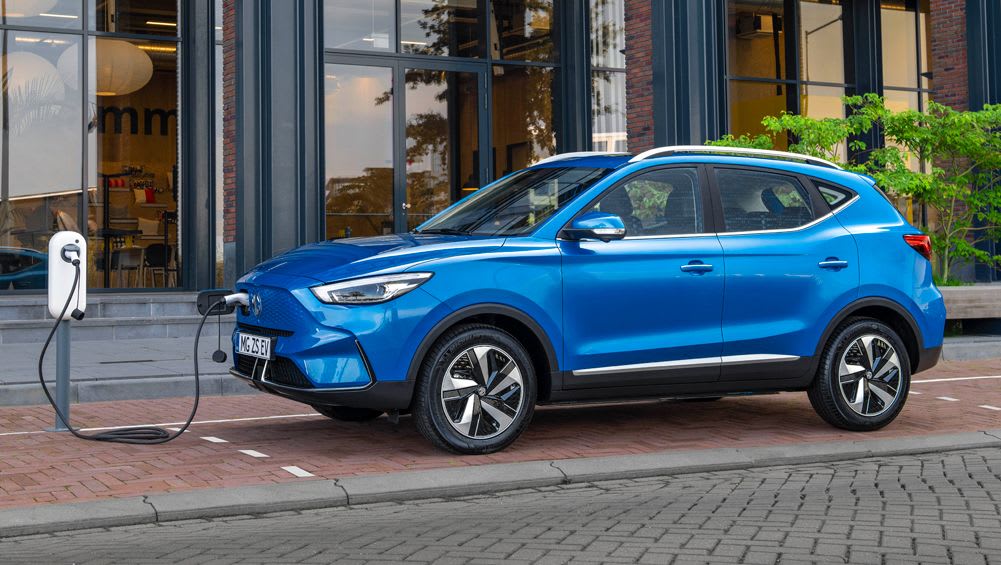
But Toyota is simply absent from the above list. Toyota has been slow to market with fully battery-electric models, despite being Australia’s top-selling automaker and a pioneer in hybrid petrol-electric cars. Considering Toyota’s track record for innovation, customer satisfaction, and continual advancement, it seems odd that the company is dragging its feet when it comes to electrification.
Related: Toyota Loses DPF Class Action Appeal in Australia
Some may wonder if product research and development concerns could have contributed to Toyota’s tardy launch of the bZ4X electric SUV, the company’s first significant attempt at a full-battery electric model line.
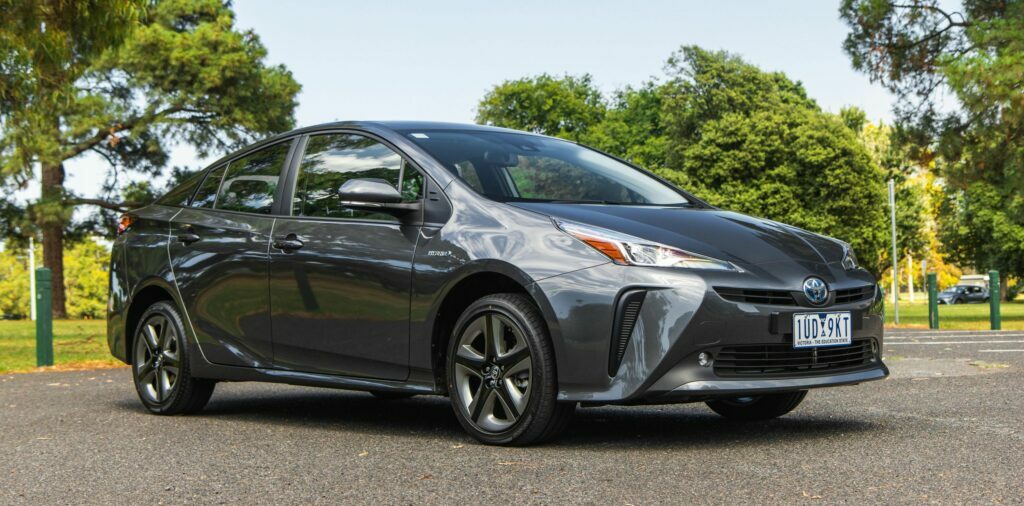
Toyota introduced the Toyota Prius, the world’s first hybrid electric-petrol drivetrain, in 1997. It sold 5 million units in over 90 countries before it was discontinued in Australia last year. Toyota has sold 2.6 million hybrids per year since then, in addition to 6.8 million internal combustion engine automobiles. The Japanese automaker has also long been an advocate of hydrogen fuel cell vehicles. However, sales of these have remained stubbornly low (around 5,000 last year) and geographically limited to areas with limited refueling infrastructure.
Related: 2023: New Cars Stripped of 5-Star Safety Ratings in Australia
Toyota may need to be reminded that if a switch to zero-emission vehicles isn’t made, it won’t be possible to decarbonize the transportation sector and people will more likely experience the worst effects of climate change. The IEA is very clear in identifying EVs (not the hydrogen-fueled ones) as the main technology to decarbonize road transport, which is Australia’s third largest source of emissions and accounts for around a sixth of worldwide emissions.
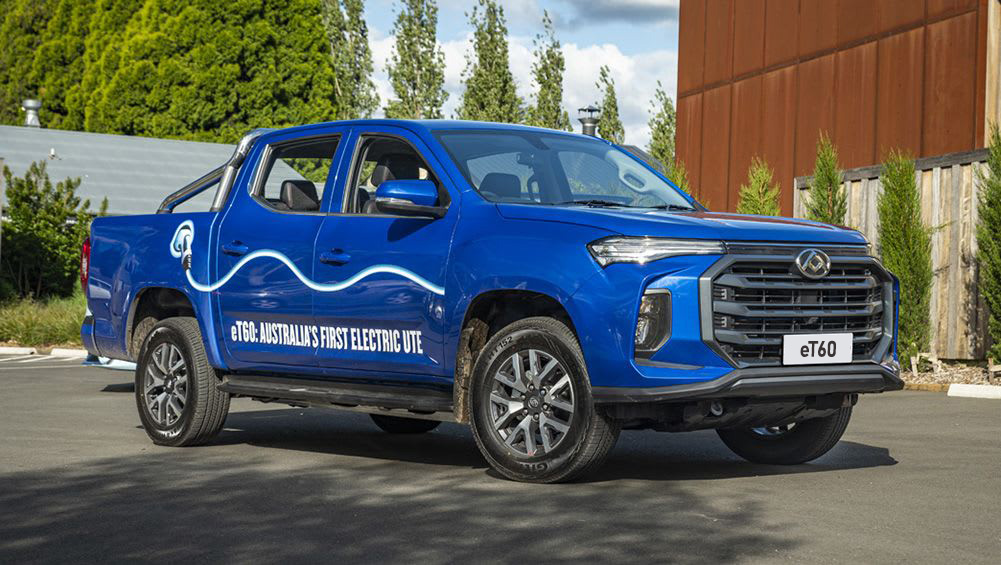
The cliché that “EVs can’t tow” popularised by former prime minister Scott Morrison is becoming more and more out of date. The recently introduced LDV model has a towing capability of three tonnes, which is more than enough for most caravans. However, Australia is still waiting for the same supply of electric utes as the US. Other countries’ models, like the Ford F-150 Lightning, have a massive 4.5-tonne capacity. In addition, many Australian EV owners already use tow kits from OEMs and aftermarket suppliers to safely tow their trailers and jet skis.
Related: Geely’s Radar RD6 EV Pick-Up Truck Ready for Global Exports
Due to their lower operating costs and emissions as well as their positive effects on traffic, drivers, and brand perception, many business fleets are looking to electrify their fleets of vehicles used for work.
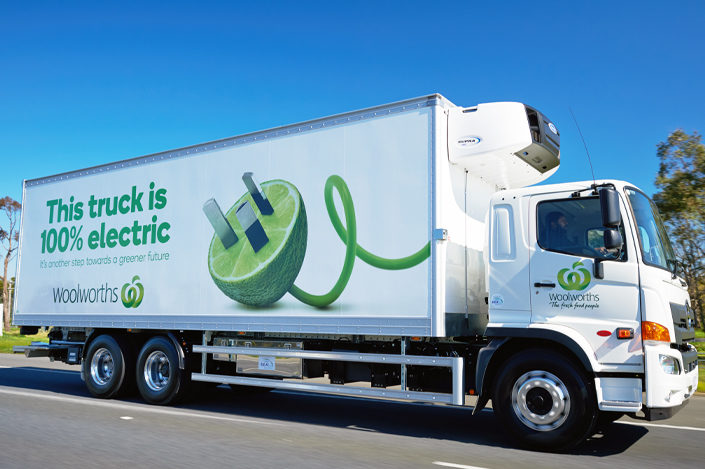
A growing number of farmers and miners are embracing electric vehicles. This year, the Australian commercial EV manufacturer SEA Electric agreed to convert 8,500 Toyota HiLux and LandCruiser vehicles to electric by 2028. The effectiveness of electric cars in reducing farm operating expenses and emissions in comparison to diesel alternatives is also being tested with farmers in regional Victoria.
Related: Electric Pickup Trucks- Is Toyota Blind to Opportunity?
The majority of EVs now on the market in Australia have a range between 250 and 300 kilometers between charges, and this will only get better as EV technology develops. Some people in Australia do frequently travel long distances through sparsely populated areas due to the country’s low population density. The average daily distance traveled by Australians is approximately 35 km, hence the bulk of them travel short distances. Over 99% of communities and residents in remote areas would be able to travel and charge their long-range EVs sufficiently, according to recent research by a group of Australian researchers.
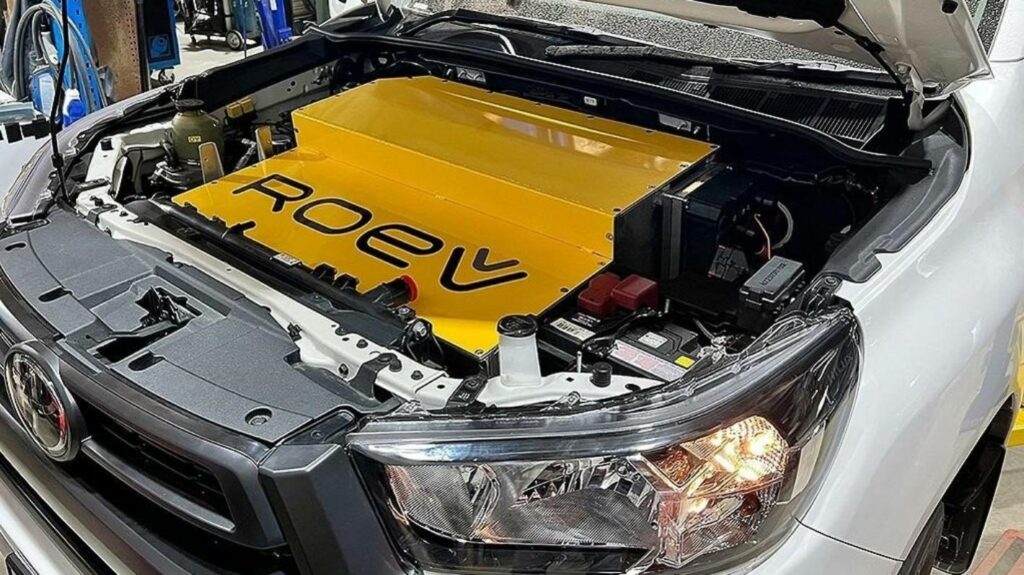
Yes, more EV models that appeal to a wider range of people are needed. Yes, more variety in EVs is required than just SUVs. Yes, lower price points, as well as more charging stations, are required too. However, if there are no EVs on the market that meet your customers’ needs, you should consider developing your own. Perhaps Toyota’s new CEO is paying attention and is serious about EVs, but time will tell if it’s too late.

A computer animation professional with over 23 years of industry experience having served in leading organizations, TV channels & production facilities in Pakistan. An avid car enthusiast and petrolhead with an affection to deliver quality content to help shape opinions. Formerly written for PakWheels as well as major publications including Dawn. Founder of CarSpiritPK.com


